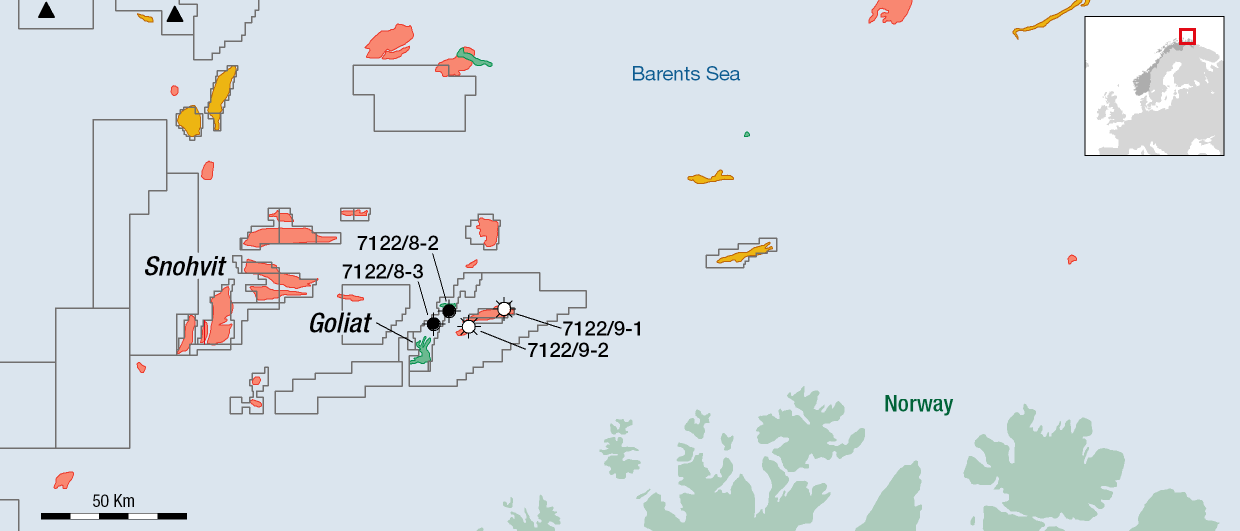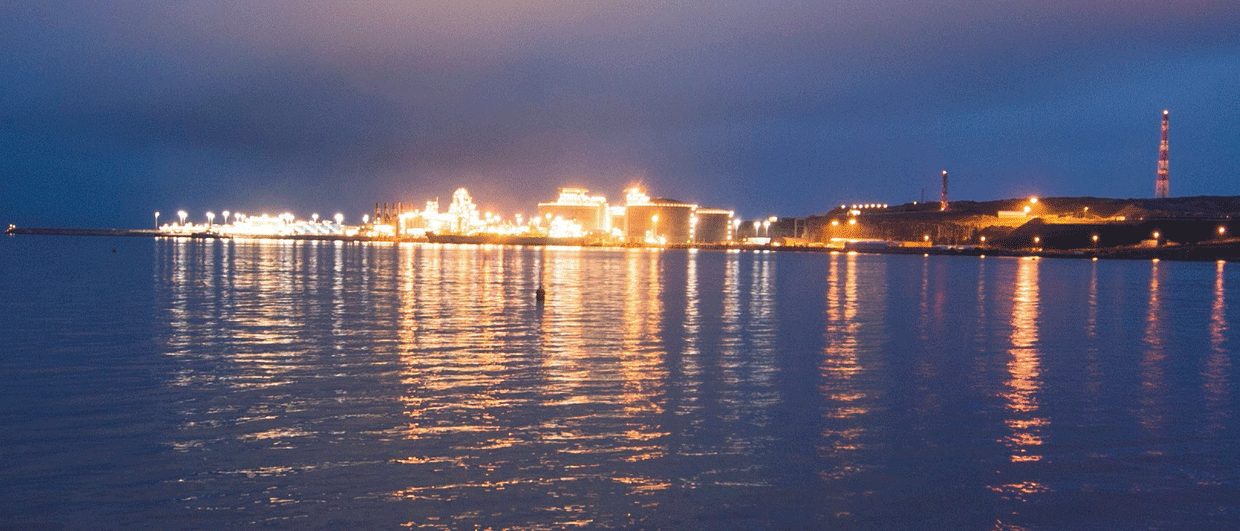Lundin’s Pointer and Setter prospects in the Barents Sea resulted in another disappointment in the Barents Sea. Oil shows were encountered at various intervals in the Pointer (Stø formation) prospect, but the well is classified as dry.

This is in contrast to the EMGS prediction that hydrocarbons would be found in the Lower Cretaceous Setter prospect (“EM anomaly: A”pointer for hydrocarbons”).
“High resistivity can be caused by lithology changes such as cemented sands, carbonates, mature source rock, and large hydrocarbon accumulations,” Pål Gabrielsen of EMGS said before the result was known.
«As we do not have any further information than what is included in the press release from NPD, we can only speculate as to what caused the resistivity anomaly,» Pål Gabrielsen now says.
«However, we are confident in the data. In our pre-drill evaluation posted on LinkedIn we said that the resistive anomaly observed at the well location could be explained by both hydrocarbon charge and high resistive lithology. Unfortunately, it appears that the anomaly is caused by a lithology effect. However, despite the disappointing outcome, the well data will certainly add valuable information for the interpretation of CSEM data» he adds.
In two years’ time, when the well data is released, we will get the answer.
The primary exploration target (Setter) for 7121/1-2 S was to examine reservoir properties and prove petroleum in reservoir rocks from the Early Cretaceous age (the Kolmule and Knurr formation), according to NPD.
The well encountered the Kolmule formation at about 120 metres, with aquiferous sandstone layers totalling 45 metres, mainly with moderate reservoir quality. The Knurr formation of about 320 metres has sandstone layers totalling about 130 metres with traces of oil, but with poor reservoir quality.
The secondary exploration target (Pointer) was to examine the reservoir potential and properties of reservoir rocks from the Middle Jurassic Age (the Stø formation). The well encountered a sandstone layer of 20 metres with poor reservoir quality.
In the Pointer prospect, about 130 metres of sand with oil shows was found, however the reservoir was evaluated to be tight and of low quality across the entire interval. The well was not formation-tested, but extensive data acquisition and sampling have been carried out, according to Lundin.





